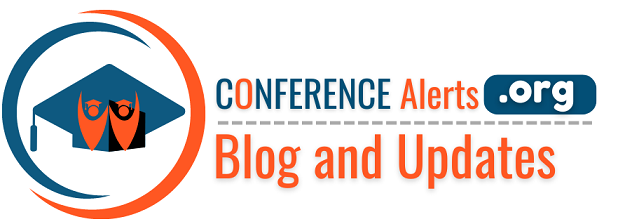Live Tweet: A Brief Beginning
Rise of smart mobile platforms has in fact led to a surge in connectivity via social media platforms like Twitter. If used proactively, live twitting can be turned into a productive effort for scientific purposes. One such example is live twitting at academic conferences; popular micro blogging platforms like Twitter actually opened up an area of smart and real time connectivity boost, unparalleled by any other way of communications in existence till date.
Major Areas of Applications:
Most benefitted areas of live twitting are probably in generating demographics, surveillance of diseases and their treatments, and in research areas, where scientists often use this micro blogging platform to share their works. These are way faster than sharing data by being physically present at a location separated by geographical barriers.
Live Tweeting at Academic Conferences:
Live tweeting at academic conferences actually benefits all stakeholders- from students, researchers, scholars and others. As an example, if any relevant person misses out a conference, by going through the conversation threads, a brief idea regarding the things discussed will be displayed.
Your Favorite Academic Conference
Live tweeting can be portrayed to have many advantages over conventional methods of communication:
- People who take part in academic conferences can upload images, articles and other content related to the conferences, which can then reach anywhere in the world. This is a great advantage for researchers who could not be physically present at the conference itself.
- Tweeting is not limited by the number of listeners and offers a great platform for conducting parallel conversations on any given field. These opens up a greater free flowing of ideas and solutions.
- If live tweeting is about the conference itself or related areas, researchers can ask a greater part of their colleagues for solutions and ideas, which can be discussed at such conferences.
- Random conversations, however unrelated may be, can open up new ideas, which are often generated in casual talks. Live tweeting allows a person to present these in as lively way as possible, and allow thoughtful debates.
- Live tweeting represents how open a person is to outside judgments, criticisms and opinions. This increases the credibility of a researcher, and also the conference itself for encouraging people (who doesn’t belong to the relevant areas) to put up questions for sake of their knowledge.
- Since almost all academic conferences offer free and open Wi-Fi access, it is easier and faster to share things without letting any expenditure issues to drag such efforts.
- Scientists often appear introvert, i.e. they are not likely to stand up and share their ideas, works, and projects with other stakeholders in respective fields or students who have been invited to take part in academic conferences. Twitter allows them a platform which can bridge this gap.
Organizers generally try to keep tabs on the content in circulation, and censor blogs which can cause harm to any stakeholders or the purpose of conference itself. In short, micro blogging within a framework of regulations can be quite useful in long run.
Cumulative experiences and statistics from academic conferences have shown scientists and students to provide positive reviews on live tweeting. In light of the enhancements in technology and connectivity, this allows exchange of data in all forms like image, text, videos, etc. Conversely, all of these depend on the attendee’s abilities to relay these materials to others.
Hash tags on micro blogging platforms are generally put up which demands more attention than others. Thus censors often search contents for unsuitable data, which may threaten to overshadow relevant field of discussions from public attention.
